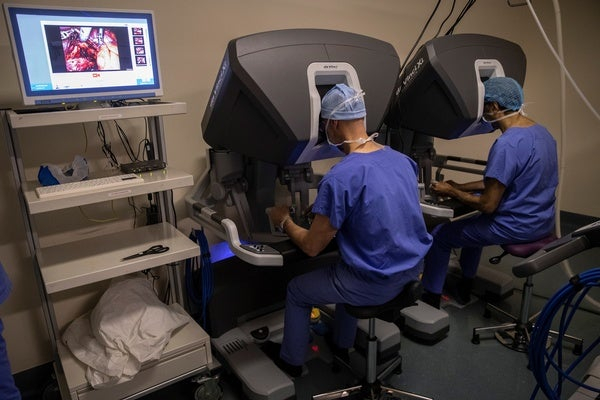
@ShahidNShah


Innovation has been the driving force of excellence in American medicine. From development of anesthesia to heart bypass, innovation in treatment modalities has saved millions of lives across the country—and the world.
For instance, robotic surgery is a technology that allows doctors to perform complex procedures with more precision. It has seen an exponential increase in adoption across clinical specialties in the past two decades. This adoption is driven largely by specific advantages associated with the robotic approach: shorter hospital stay, less blood loss, and lower pain medication requirements.
These findings provide useful insights for policy makers on how the health care system promotes adoption and dissemination of innovative medical technologies and the importance of understanding the patient’s perspective.
Continue reading at blogs.scientificamerican.com
For many kinds of healthcare appointments, virtual care has been the status quo throughout the COVID-19 pandemic—and it is poised to become a lasting, necessary part of the care continuum going …
Connecting innovation decision makers to authoritative information, institutions, people and insights.
Medigy accurately delivers healthcare and technology information, news and insight from around the world.
Medigy surfaces the world's best crowdsourced health tech offerings with social interactions and peer reviews.
© 2025 Netspective Foundation, Inc. All Rights Reserved.
Built on Apr 17, 2025 at 6:07am